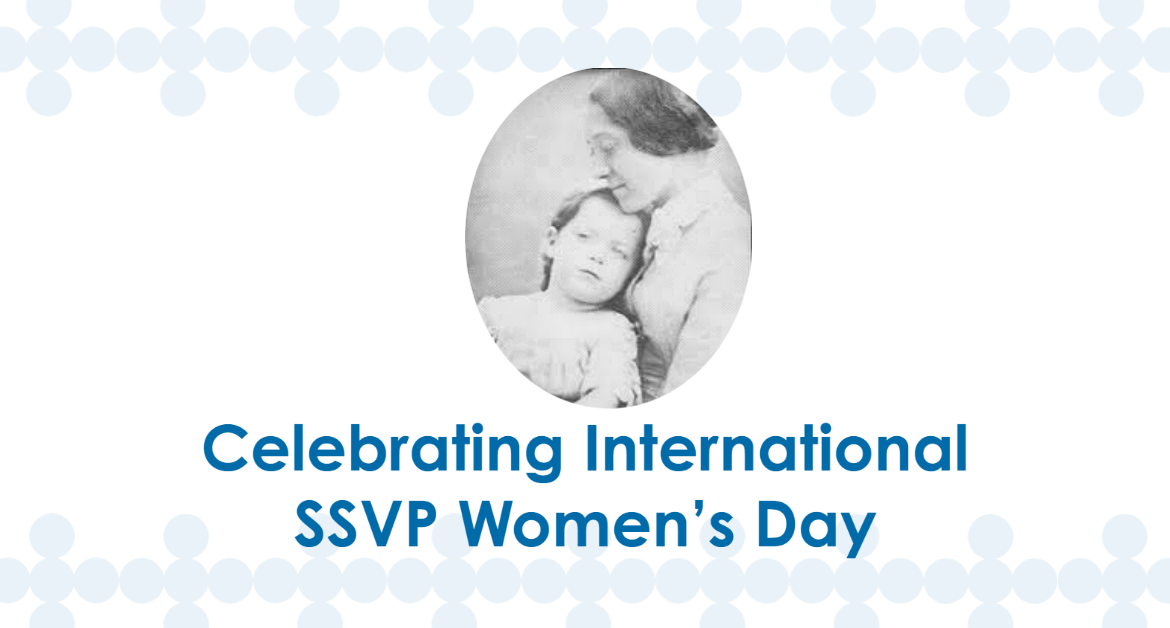Dear Vincentian Friends,
Have you read any good books this summer? I just finished reading the newly published biography of Amélie Ozanam. It won’t make the list of New York Times bestsellers or any list of great summer reads, but I found it compelling. Amélie, as most of us know, was the wife of our principal founder, Frédéric Ozanam. That is about all any of us knew about her until Matthieu Brejon de Lavergnée wrote this wonderfully detailed biography.
Amélie turns out to have been much more than a supportive spouse for a brilliant Sorbonne professor. All of us who love Frédéric will have our understanding of him enriched by seeing him through Amélie’s perspective. Her biography includes 50 pages of her letters, which are insightful and charming — and contain firsthand details of the couple’s life together that cannot be found elsewhere.
It is clear from this biography that Amélie was a true partner to Frédéric. He was not always an easy man to live with, but he was a better person for having her in his life. Those of us who value the legacy of our founder owe Amélie a debt for keeping the memory of him alive. She worked with several biographers and saved many of his personal artifacts that are now on display in our international headquarters in Paris. She was especially dedicated to preserving his writings; her efforts included overseeing several posthumous publications and writing many of his friends to have letters he sent them returned for preservation.
Amélie was 33 years old when Frédéric died. She never remarried and was often seen publicly in her mourning dress. She continued to lead an active social and family life, however. Her main task was raising their daughter, Marie, with the help of family and friends. Many of Frédéric’s friends would stay in touch with her, and she participated in several charitable activities in Paris.
I found reading Amélie’s letters included in this book touching — particularly so those written in the months when she and Frédéric were engaged but separated. He was teaching in Paris, and she was living with her parents in Lyon. Her writings are romantic, insightful, humorous and occasionally a bit confrontative.
We all need people in our lives who love, challenge and support us. In Amélie, Frédéric Ozanam had such a person. A quote from one of her letters to Frédéric serves as an appropriate subtitle for the book, “A heart with much love to give.”
Serviens in spe,
Ralph Middlecamp
National Council President
P.S. In full disclosure, the National Council is the publisher of this book and — working with the author, Matthieu Brejon de Lavergnée — arranged for the translation of this work from French to English. I had the pleasure of reviewing the proofs with Raymond Sickinger and Timothy Williams, but seeing the final product in print exceeded my expectations. The book can be ordered from the National Council office.


